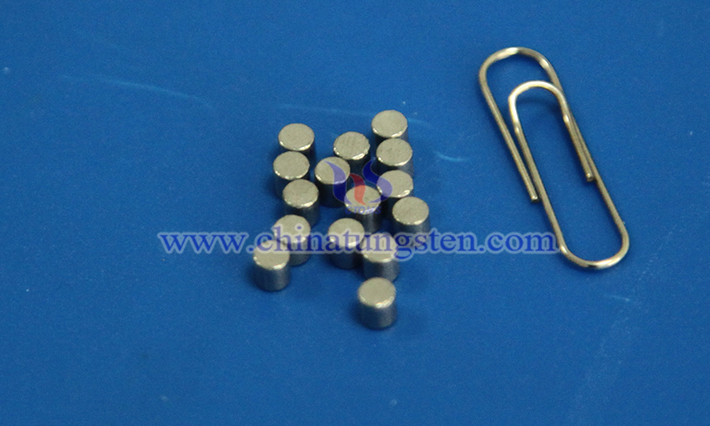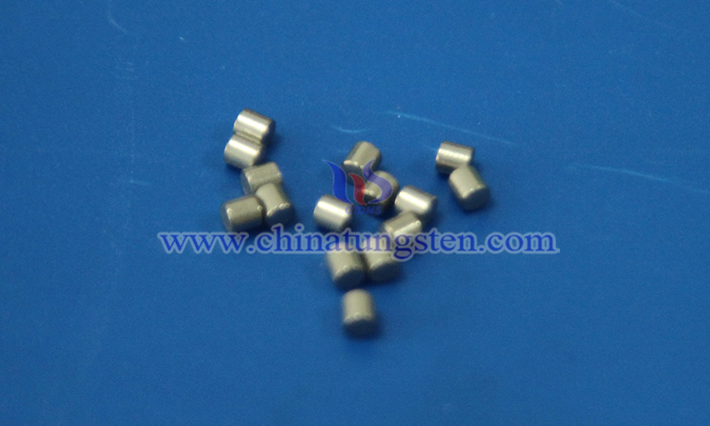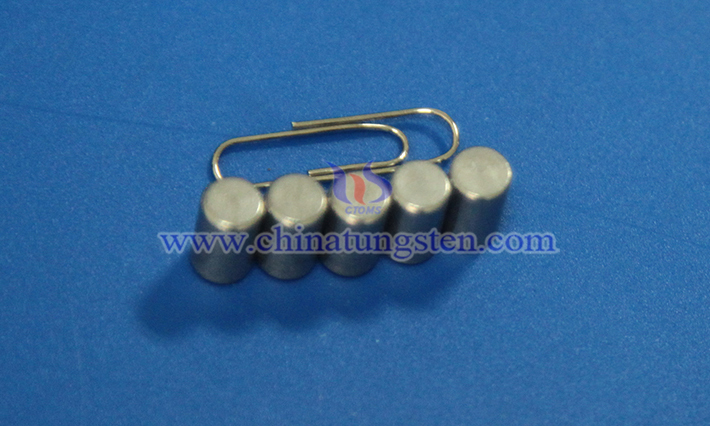Barium Tungsten Electrodes for Spectrometers
- Details
- Category: Tungsten Information
- Published on Tuesday, 06 May 2025 14:43
- Written by Zhenghua
- Hits: 286

A spectrometer is a precision instrument used for compositional analysis based on the absorption, emission, or scattering properties of substances with light. By resolving composite light into monochromatic components of varying wavelengths, it generates characteristic spectra to enable qualitative and quantitative identification of material compositions. Spectrometers find extensive applications in fields such as material characterization, environmental monitoring, and industrial inspection.
Barium Tungsten Electrode for Night Vision Equipment
- Details
- Category: Tungsten Information
- Published on Tuesday, 06 May 2025 14:41
- Written by Zhenghua
- Hits: 272

Barium tungsten electrode may be used as an efficient electron emission source in night vision equipment, and the photoelectric conversion efficiency is improved by combining the low work function of barium with the stability of tungsten. Its application is mostly seen in traditional or special night vision equipment, especially in scenes that require high current density or specific infrared response.
Read more: Barium Tungsten Electrode for Night Vision Equipment
Barium Tungsten Electrodes for Electropulse Sterilization Equipment
- Details
- Category: Tungsten Information
- Published on Tuesday, 06 May 2025 14:36
- Written by Zhenghua
- Hits: 253

The barium tungsten electrode used in electropulse sterilization equipment is a high-performance electrode material. Its core advantages lie in the combination of tungsten's high melting point, corrosion resistance, and barium's low work function characteristics.
Read more: Barium Tungsten Electrodes for Electropulse Sterilization Equipment
Barium Tungsten Electrodes for Plasma Generation Devices
- Details
- Category: Tungsten Information
- Published on Tuesday, 06 May 2025 14:39
- Written by Zhenghua
- Hits: 272

Barium tungsten electrodes, owing to their unique physicochemical properties, demonstrate extensive application potential in plasma generation devices. As a core electron emission source, their low work function and high current density characteristics provide critical support for the diversified applications of plasma technology.
Read more: Barium Tungsten Electrodes for Plasma Generation Devices
Barium Tungsten Electrodes for Plasma Equipment
- Details
- Category: Tungsten Information
- Published on Tuesday, 06 May 2025 14:25
- Written by Zhenghua
- Hits: 254

In plasma equipment, barium tungsten electrodes are frequently used as cathode materials due to their superior electron emission properties and high-temperature resistance. Below is a concise overview of the applications of barium tungsten electrodes in plasma equipment:
More Articles...
- Ammonium Metatungstate: a Green New “Weapon” for Waste Gas Treatment
- Ammonium Metatungstate: the Invisible Shield of Fire-Resistant Fabrics
- The Invisible Force in Petroleum Refining: How Ammonium Metatungstate Shines
- From Ammonium Metatungstate to Tungsten Powder: Unlocking the Hidden Code of Industrial Manufacturing





 sales@chinatungsten.com
sales@chinatungsten.com